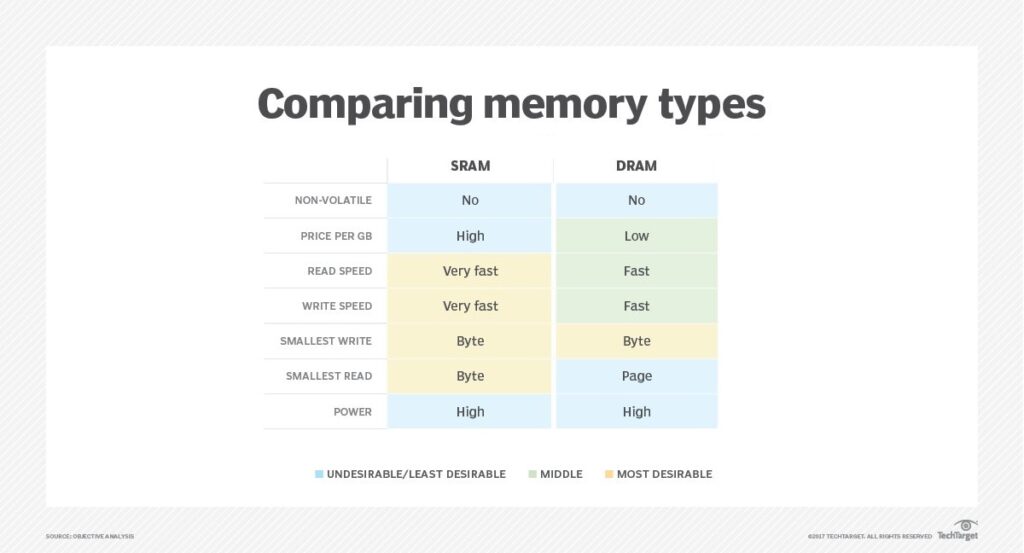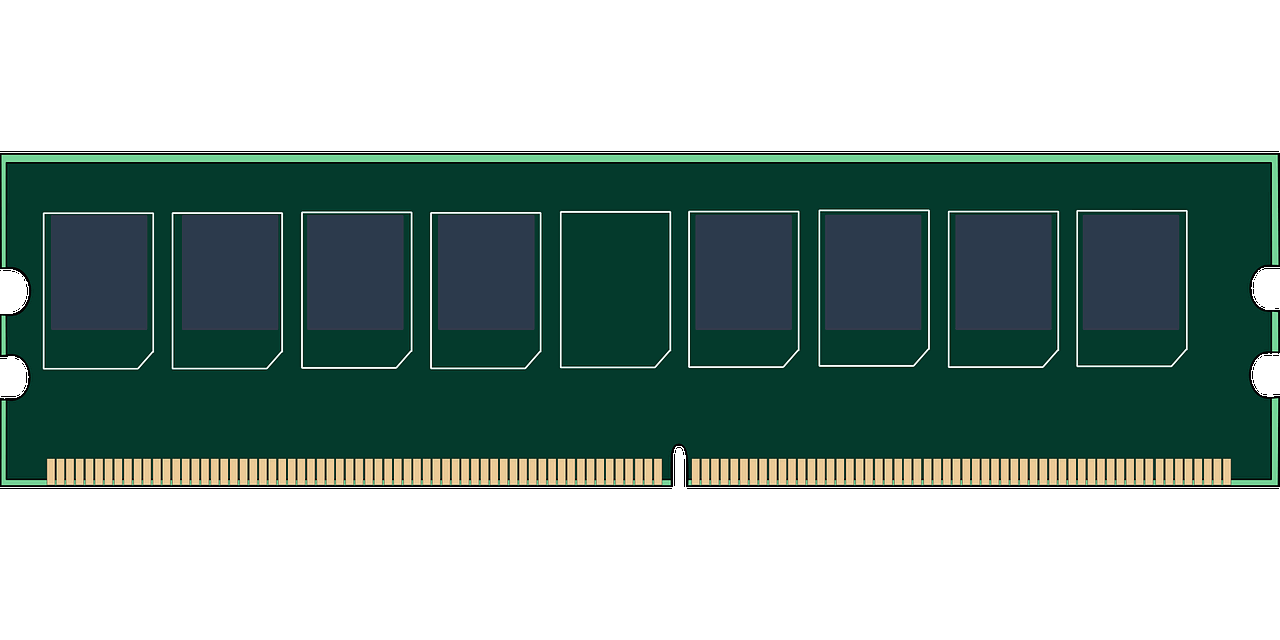What is Random Access Memory (RAM)?
Random Access Memory (RAM) is the piece of hardware that stores the operating system and all the programs that are currently being used by the processor. It is part of the computer’s primary memory. RAM’s are volatile, what this means is that all the data that is stored inside the RAM while you are using the device is lost once the said device loses power or is shut off. When the device regains power or is switched on, the OS loads part of itself in the RAM, which is called Booting, from the ROM, which is either the HDD or SSD. A RAM is the fastest (in reading and writing operations) memory type in any device.
To better understand the difference between the RAM and HDD or SSD, you can think of RAM as a person’s short term memory, while the HDD or SSD as long term memory. All the work that is currently being done would be stored in the short term memory, which can only hold a certain amount of facts or instructions, which can be stored or retrieved from the long term memory, which in this case represents a HDD or SSD.
The benefit of having more GB’s in RAM storage is that it helps to reduce the number of times the processor has to fetch data from the HDD, a process that takes longer than fetching it from the RAM. A RAM chip can be as small as 512 MB and as big as 512 GB (produced by Samsung, as on March, 2021). However most laptops are accompanied by 8 Gb’s of RAM, which is enough for day to day tasks.
Types of RAM’s
There are two types of RAM available today, Dynamic and Static.
Dynamic Random Access Memory
Dynamic RAM or DRAM is made up of capacitors and transistors. Capacitors either can or can’t hold a charge, which helps to differentiate between a 1 and a 0, for example the capacitor holding a charge could represent a 1 while not holding a charge can represent a 0 and given that computers store data in 1’s and 0’s, data can easily be read or written in a DRAM. However capacitors do leak energy, which is why a DRAM needs to refresh itself at regular intervals (usually every few milliseconds). The use of transistors and capacitors is what makes DRAM’s small and cheaper than SRAM’s and which is why DRAM is the most common type of RAM found in computers and laptops.
Static Random Access Memory
Static RAM’s make use of only transistors and not capacitors, which overcomes the problem with DRAM of having to refresh at regular intervals. SRAM’s are used in cache memory and registers (temporary storage between the motherboard and other peripheral devices to regulate the speed difference) due to the fact that they as stated don’t need to be refreshed, are quite faster and use less power than DRAM. However there is a catch, given that SRAM’s only use transistors, their chips are larger and more expensive than DRAM.
The following image was taken from Techtarget.com and gives a pictorial comparison between the two memory types


